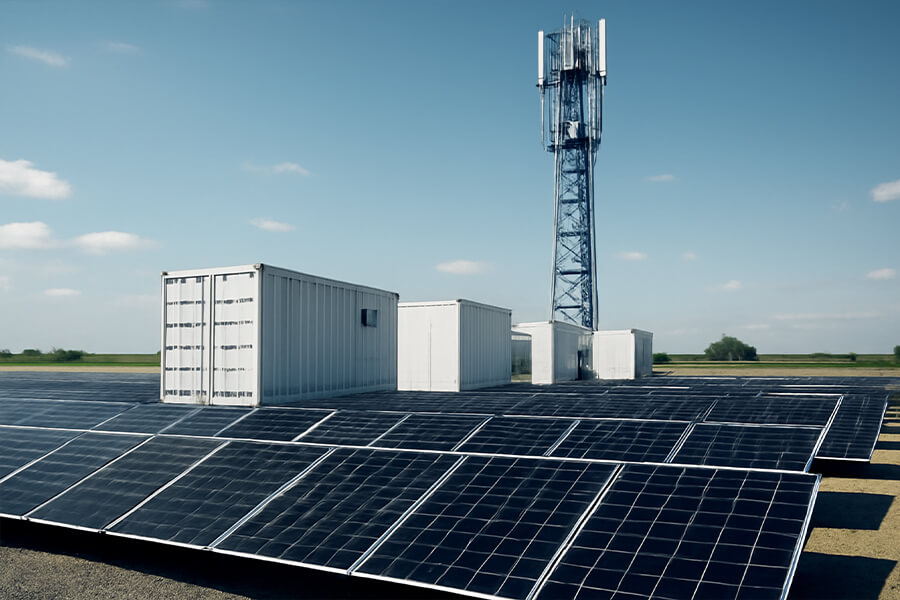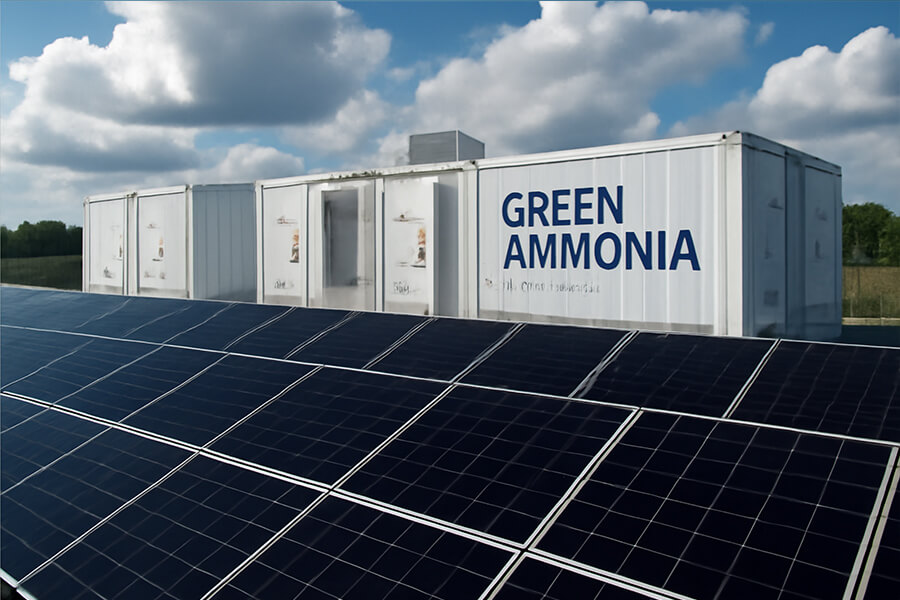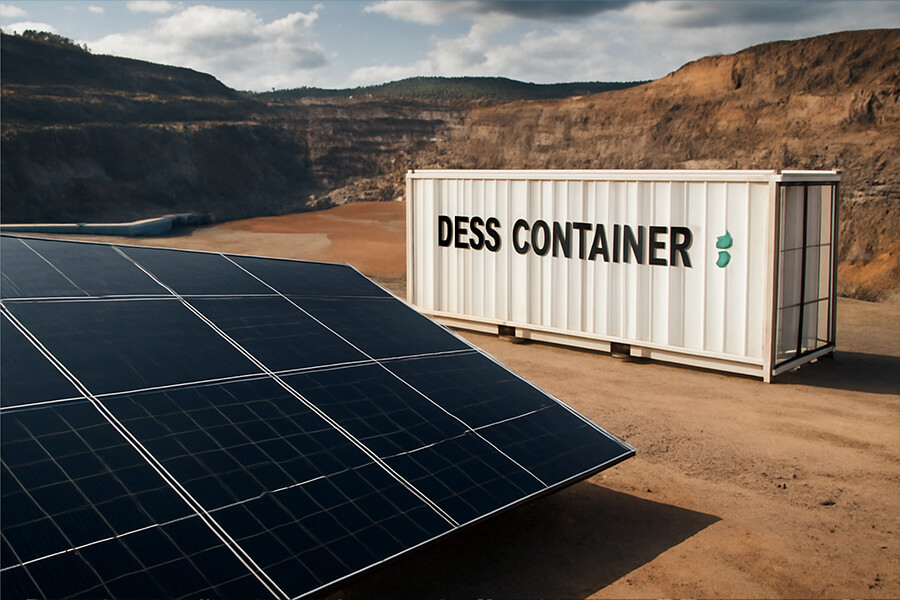High-performance energy storage batteries are very important to the development of the photovoltaic industry. Compared with lead-acid batteries, lithium iron phosphate batteries have the advantages of high specific energy, high energy storage efficiency, long cycle life, and low cost of use.
1. Basic requirements of solar photovoltaic power generation system for energy storage
The service life of a solar photovoltaic power generation system is generally 20 years, and it is required that the supporting energy storage link has the characteristics of long service life, stable performance, high energy efficiency, and strong adaptability to the environment. At present, the energy storage technologies used in photovoltaic power generation systems are mainly divided into electrochemical cells, flywheels, superconducting coils, etc. But at this stage, due to technical and price reasons, chemical batteries are still the main way of solar photovoltaic power storage.
2 . Performance analysis of lithium iron phosphate battery
Lithium iron phosphate battery is a new type of secondary power supply developed in recent years. It has the characteristics of large input and output power, wide operating temperature range, no memory effect, maintenance-free, 5000 charge and discharge lifespan, safety and environmental protection. It is becoming the protagonist of chemical batteries.
The main material of the lithium iron phosphate battery is carbon, the main material of the positive electrode is lithium iron phosphate LiFePO4, and the electrolyte uses LiPF6 organic solvent. The basic principle of charging and discharging is the insertion and extraction of lithium ions between the positive and negative electrodes.
The voltage platform of the lithium iron phosphate battery is 3.2V, the specific energy is more than twice that of the lead-acid battery, and the volume specific energy is 4 to 5 times that of the lead-acid battery. If the lithium iron phosphate battery is used instead of the lead-acid battery for photovoltaic power generation The system can greatly reduce the space occupied by the battery and reduce the maintenance workload.
3. Development and design of lithium iron phosphate battery energy storage system
Cooperating with the basic structure of the energy storage system of the photovoltaic power station, the photovoltaic module array uses the photovoltaic effect of the solar panel to convert light energy into electrical energy, and charges the iron-lithium battery through the photovoltaic controller, and then directly charges the electric equipment through the inverter. To supply power or introduce electric energy into the grid through a grid-connected inverter. The battery management system BMS plays the role of managing the battery. Firstly, it collects the data of the battery pack, and diagnoses the operating status of the battery according to the collected data, so as to monitor the over voltage, under voltage and over temperature of the battery pack. , overcharge, over discharge, over current, remaining capacity (SOC) and single battery state of health (SOH).
The lithium battery pack plays two roles in the system, one is energy storage and regulation, and the other is load balancing, which converts the electrical energy output by the photovoltaic power generation system into chemical energy and stores it for use when the power supply is insufficient.




